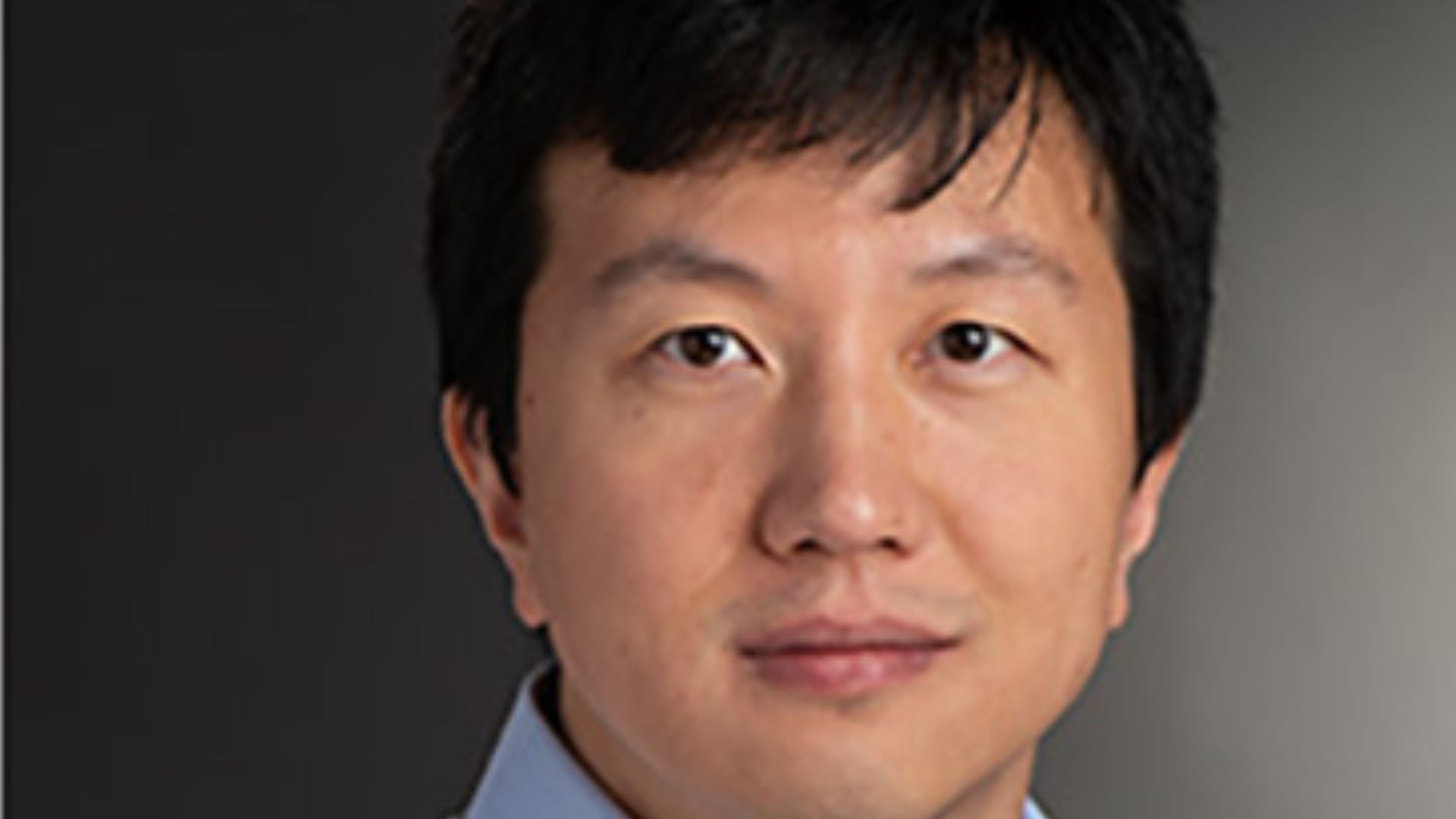Local News
RIT researchers develop advanced machine learning tools to uncover how diseases form and progress within the human body

Rochester, New York – At Rochester Institute of Technology, a team of scientists is embarking on a bold mission to uncover the hidden pathways that drive diseases like cancer and Alzheimer’s. Backed by nearly $1.8 million in funding from the National Institutes of Health (NIH), the research aims to use advanced machine learning to map how illnesses progress from molecular changes to full-scale disease—work that could transform modern medicine and accelerate drug discovery.
The project is led by Rui Li, an associate professor in RIT’s Golisano College of Computing and Information Sciences, who specializes in statistical machine learning and computational biology. His team is building artificial intelligence models designed to trace the intricate molecular networks that underpin the body’s most complex diseases.
Every disease follows a pathway—starting from the smallest molecular disruptions that gradually trigger a cascade of cellular responses. These molecular misfires can alter how genes and proteins interact, eventually leading to conditions such as cancer, cardiovascular disease, or neurological disorders. For Li and his research team, the challenge is to map these unseen processes as clearly as possible.
“Using machine learning, we can identify new disease-associated molecules and biomarkers that could be potential therapeutic targets,” said Li. “This information is crucial for developing new drugs and could help caregivers.”
Li’s vision for the project is deeply ambitious. The human body contains a vast network of genes and molecules that interact in countless ways, often differing from one tissue to another. For example, the same set of molecular changes might cause one type of disorder in the brain and another in muscle tissue. Traditional deep learning models often struggle to capture these variations, treating molecular data as isolated pieces rather than as part of a dynamic, interconnected system.
“I propose a hierarchical model to capture the uniqueness at the local level, while also sharing complementary information at the global level,” Li explained. “We will allow it to aggregate information from its neighboring nodes, which mimics what happens in the human body.”
The new framework Li is developing will rely on hierarchical Bayesian inference and graph neural networks, allowing researchers to represent molecular networks more accurately. This type of modeling will help reveal how small molecular irregularities can snowball into large-scale dysfunction—essential knowledge for designing treatments that target the root causes of disease rather than just their symptoms.
Li’s work is being carried out in RIT’s Lab for Use-inspired Computational Intelligence, which he directs. There, he leads a small but determined group of Ph.D. students who are pushing the boundaries of artificial intelligence and biology. Together, they are analyzing more than 100,000 molecular interactions, seeking new insights into how disease networks behave.
One of those students, Mahendra Singh Thapa, a Ph.D. candidate from Nepal, says he is inspired by the precision and complexity of the human body. “I’m fascinated by how perfectly our biological systems work, from tiny molecules to the whole organism,” said Thapa. “I enjoy using machine learning to uncover hidden patterns and explore the mysteries of biology.”
Another student, Paribesh Regmi, also from Nepal, is equally passionate about the project’s potential to merge technology and medicine. “I’m really excited to be working in this area and with Professor Li because it combines my passion for machine learning with important questions in computational biology,” said Regmi. “I enjoy the challenge of developing algorithms that can not only advance AI research but also contribute to real-world impact in health and medicine.”
The NIH-funded initiative will unfold in two major stages over five years. In the first stage, the researchers will conduct in-depth analyses of around 500 diseases, with an initial focus on cancer, cardiovascular conditions, and immune system disorders. The second stage will broaden the scope to include other disease categories, scaling up the model’s reach and testing its accuracy across diverse datasets.
By integrating tissue-specific data, Li’s team hopes to pinpoint how disease mechanisms differ depending on where they occur in the body. For example, Parkinson’s disease may arise from different molecular disruptions in various parts of the brain, a nuance that could explain why treatments work for some patients but not others.
At its core, the project aims to create a holistic view of human disease—a map showing not just what goes wrong but how and where those breakdowns begin. This new understanding could help researchers identify novel biomarkers for early diagnosis, design targeted therapies, and predict how diseases might progress in individual patients.
The five-year award comes through the NIH Maximizing Investigators’ Research Award (MIRA) program, which supports early-stage investigators developing innovative approaches to biomedical challenges. Li’s project, formally titled “Large-scale Disease Pathway Discovery by Integrating Tissue-specific Molecular Networks via Hierarchical Bayesian Inference on Graph Neural Networks,” is a testament to how artificial intelligence can serve as a bridge between computing and life sciences.
If successful, Li’s research could provide a powerful new lens for examining diseases at their most fundamental level—where biology, mathematics, and computation converge. It may also help usher in a new era of precision medicine, where AI-driven insights lead to faster, more effective treatments tailored to each patient’s unique biology.
While the work ahead is complex, Li and his students remain deeply motivated by the potential impact. Their shared goal is not only to advance science but to help improve lives. As Li put it, the project reflects a simple but profound mission: to understand how diseases begin, so that one day, they can be stopped before they start.

-

 Local News10 months ago
Local News10 months agoNew ALDI store close to Rochester to begin construction in late 2025 or early 2026
-

 Local News10 months ago
Local News10 months agoRochester Lilac Festival announces exciting 127th edition headliners
-

 Local News7 months ago
Local News7 months agoCounty Executive Adam Bello and members of the county legislature celebrate exceptional young leaders and advocates at the 2025 Monroe County Youth Awards
-

 Local News7 months ago
Local News7 months agoThe 2025 Public Market Food Truck Rodeo series will begin this Wednesday with live music by the Royal Bromleys